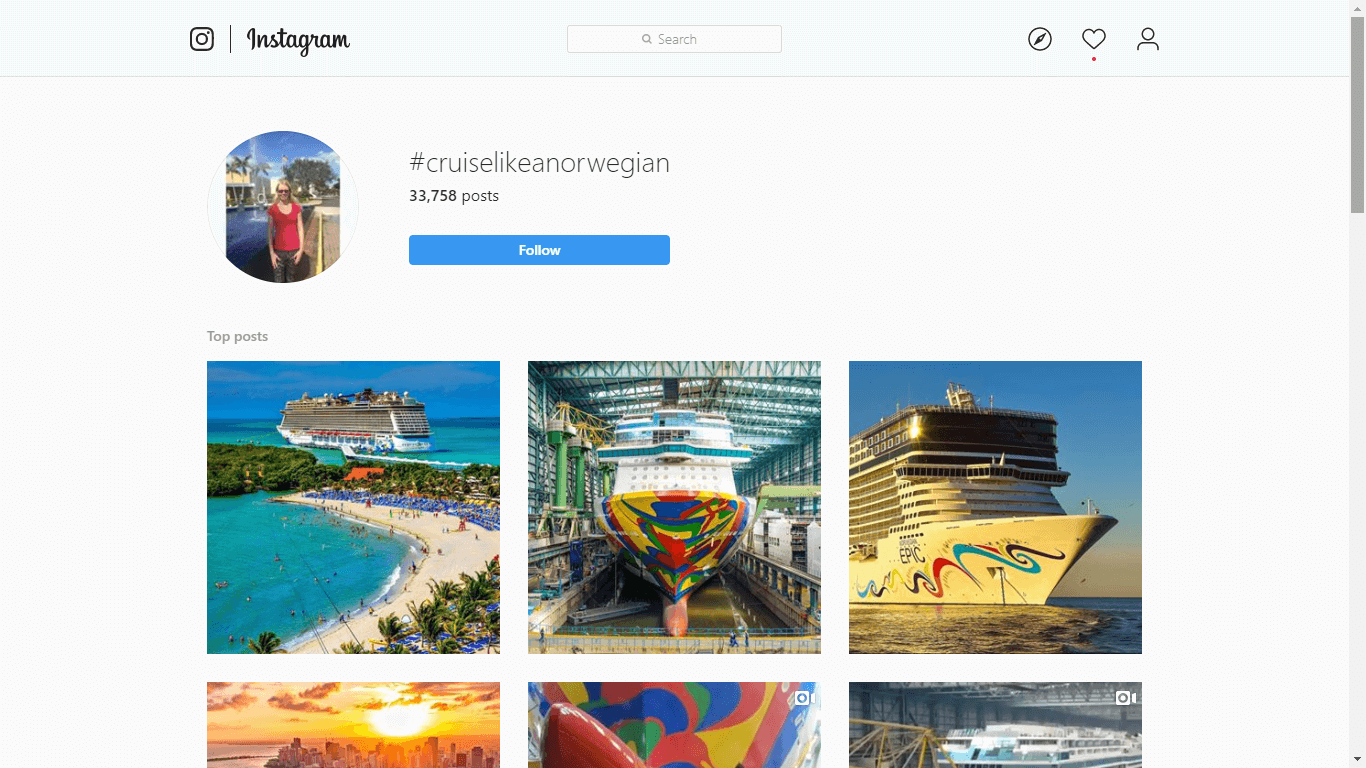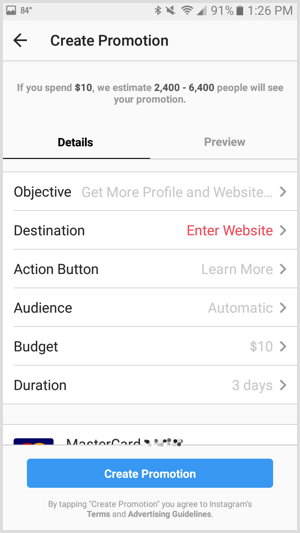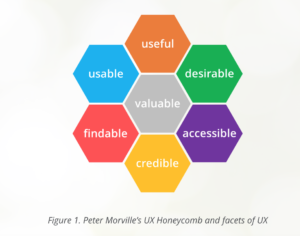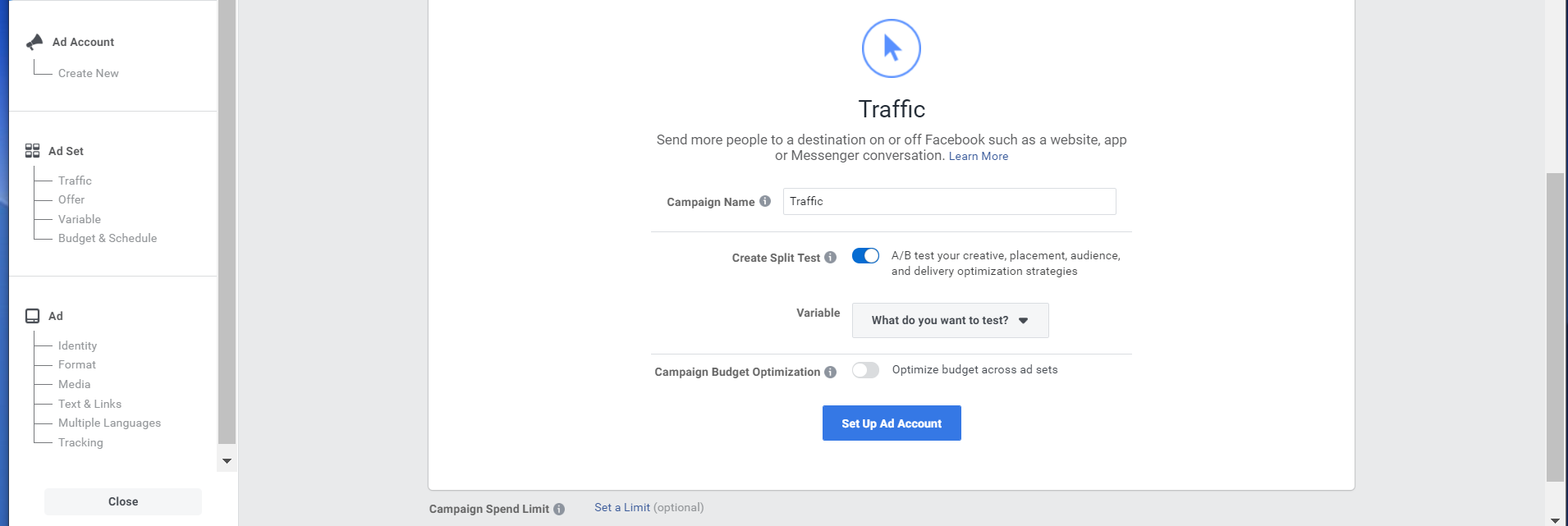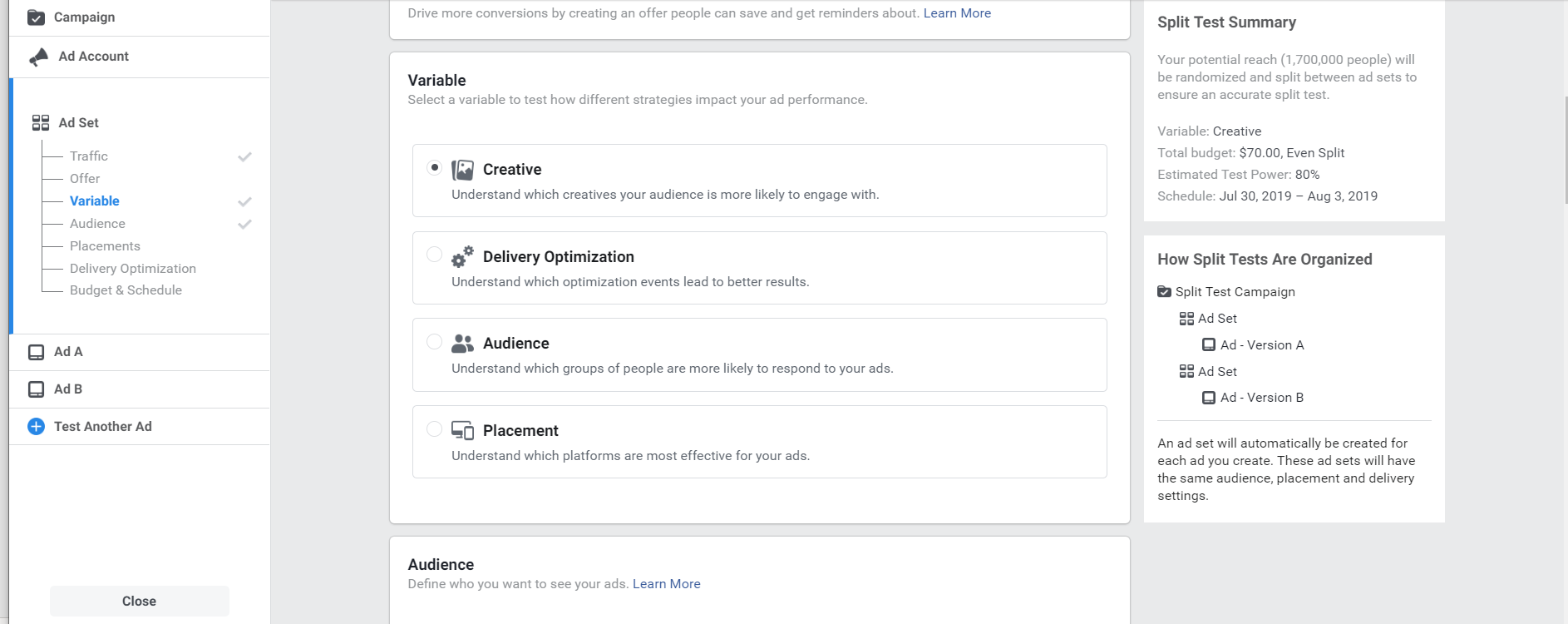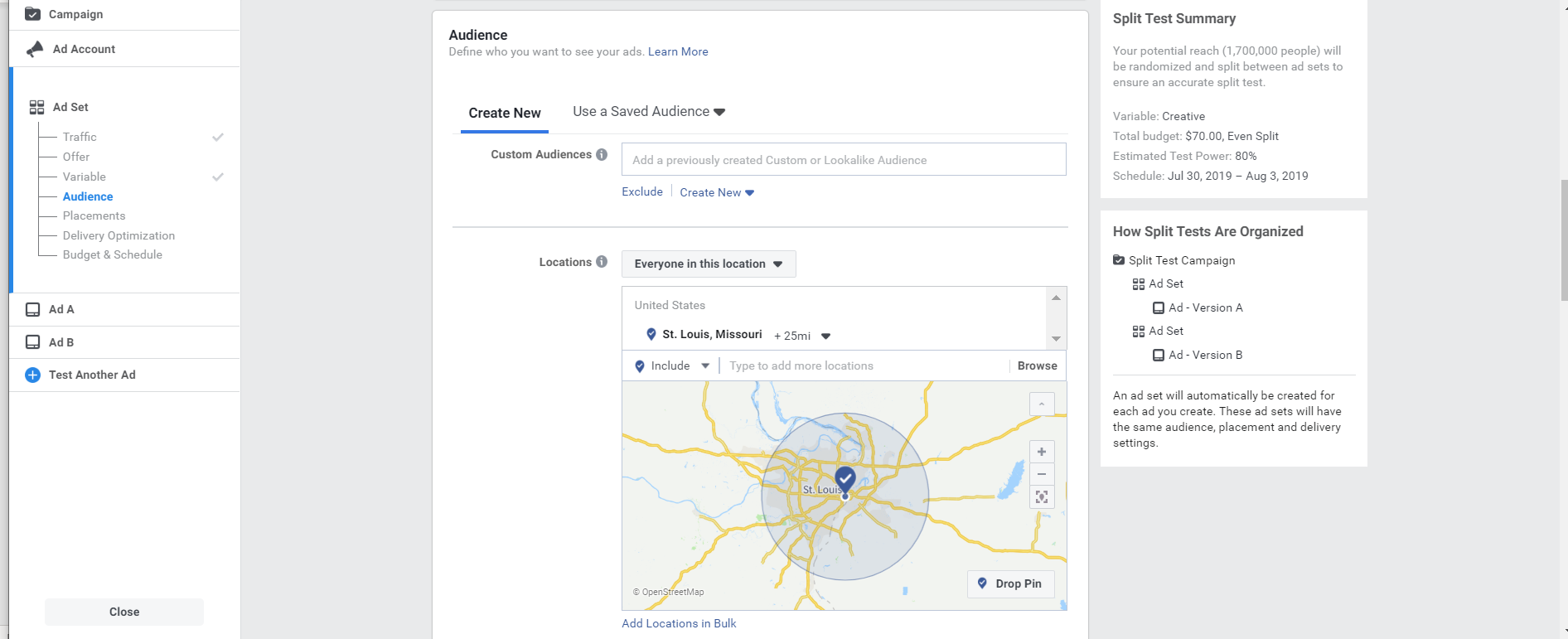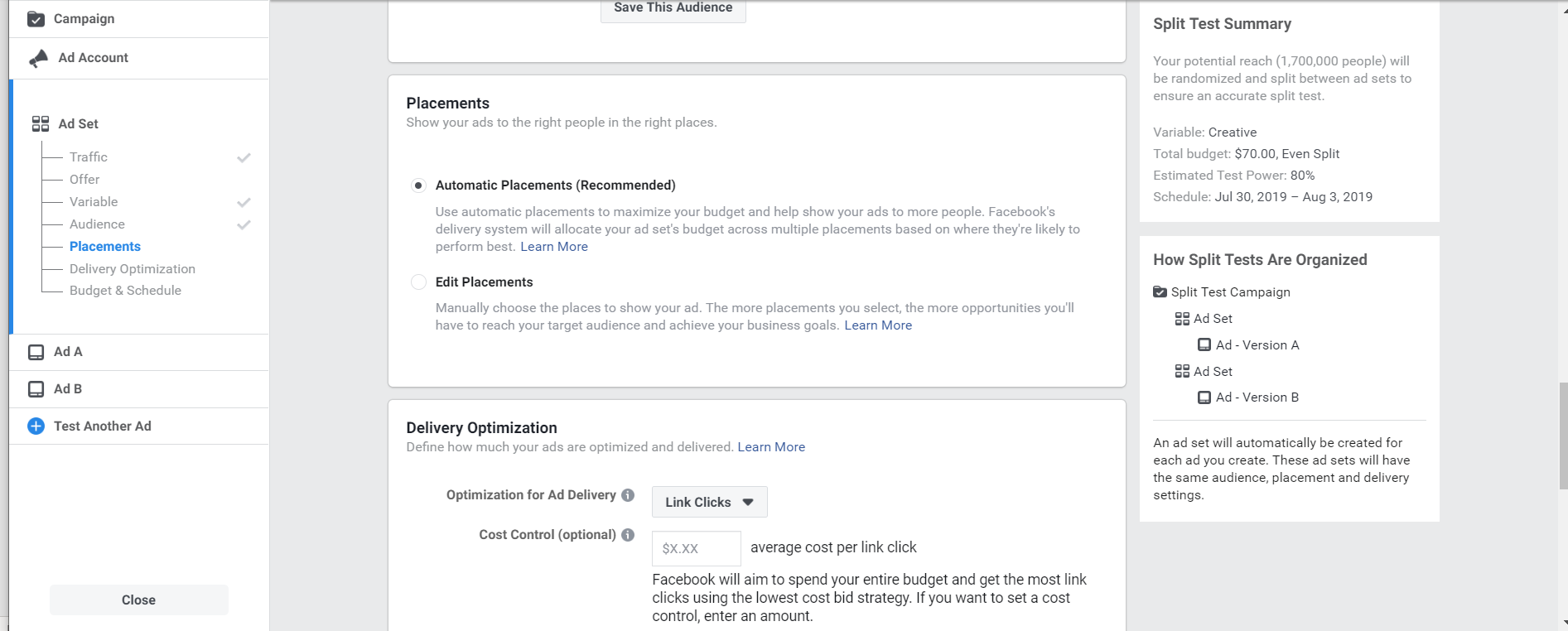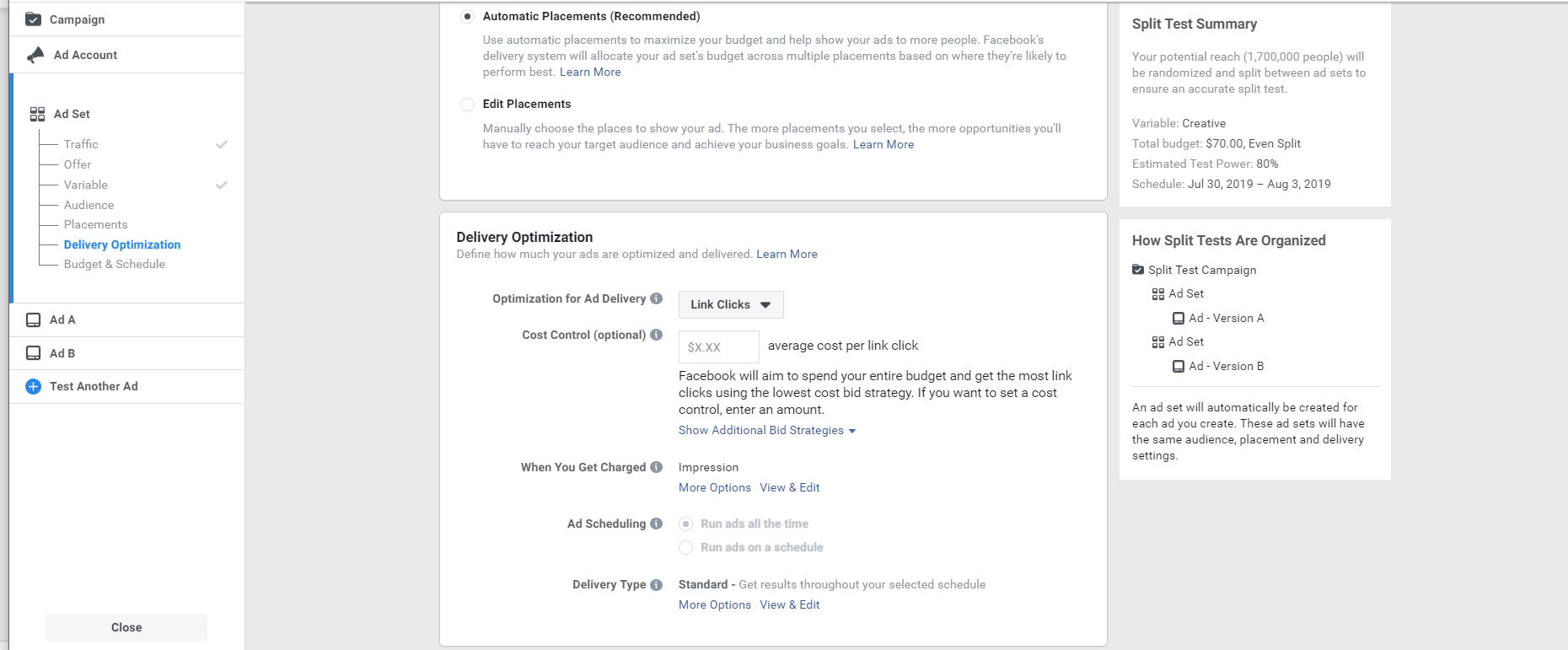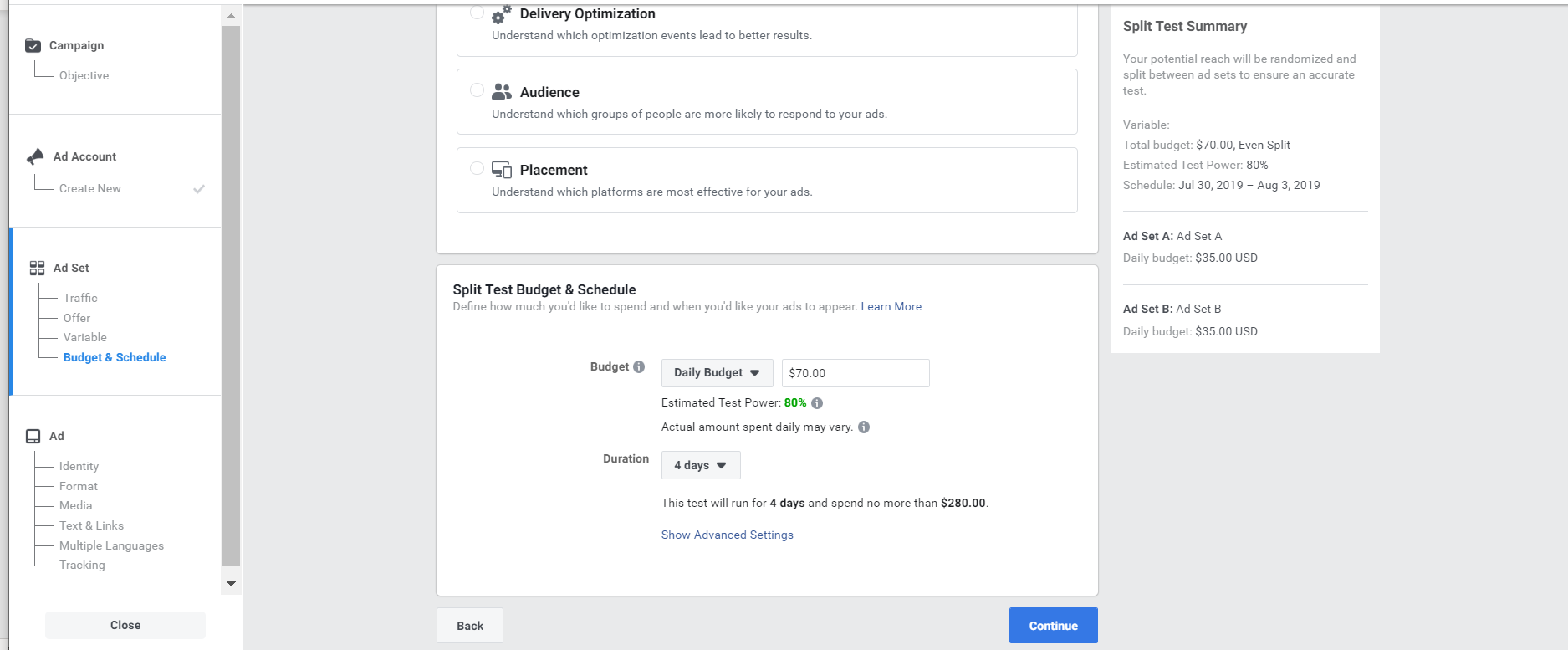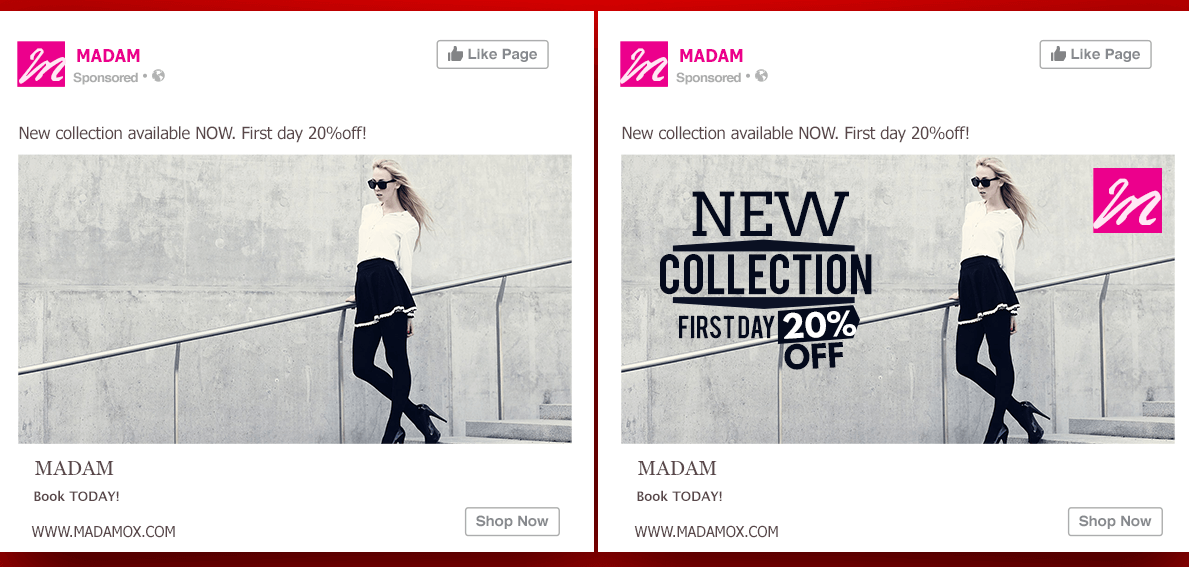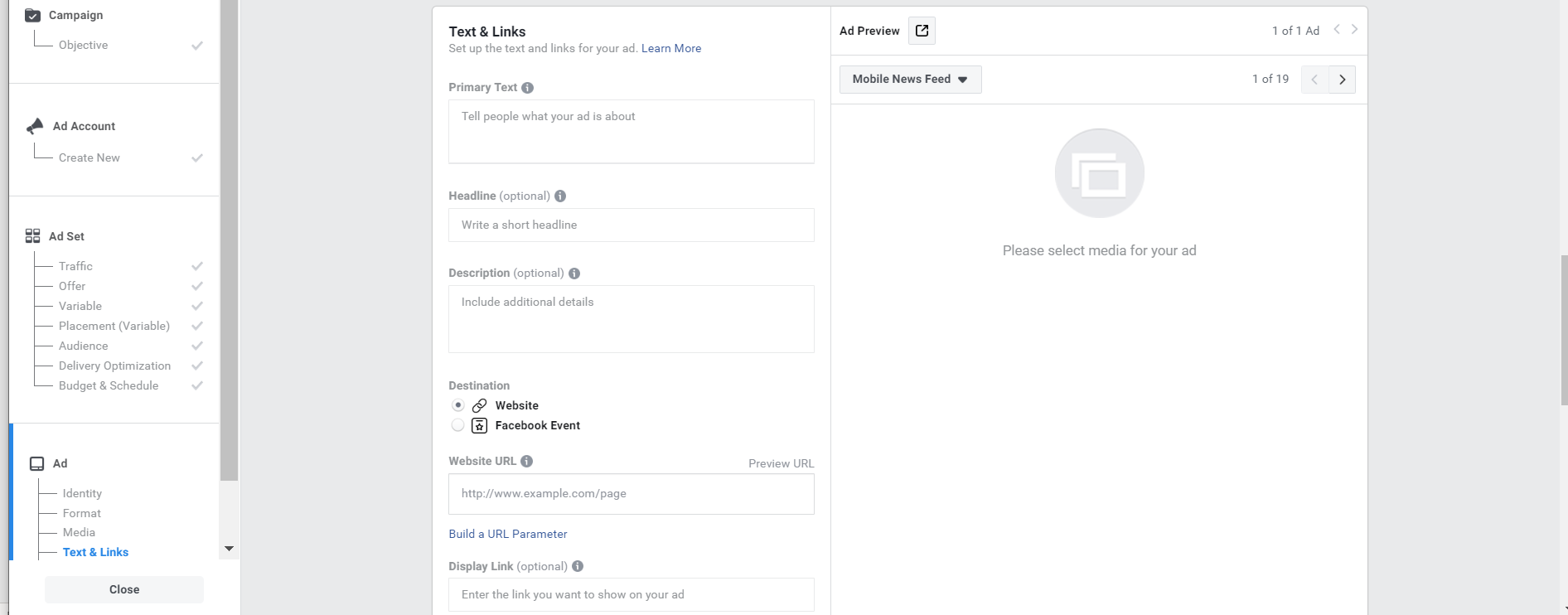Understanding your customers’ paths is no easy task. Each user has their own unique reason for visiting your site and an individual route that they take as they explore your pages.
How can you gain insights about your customers to improve your website’s usability and understand buying trends?
The answer is simple: build a customer journey map.
What is a customer journey?
A customer journey is the start-to-finish interaction customers have with your brand before reaching a specific goal.
Creating a compelling journey helps you stand out and shows customers that you care about their experience. An enjoyable customer journey promotes positive engagement, making for more satisfied customers that are more likely to return for repeat purchases.
In fact, a study from Forbes found that positive interactions lead customers to spend as much as 140% more.
Each step along the journey will provide you with valuable, real-time insights into customer behavior.
By better understanding your customers, you will be able to provide them with the best possible user experience every time they visit your online store. The best way to do this is by creating visual customer journey maps that present all this information about customers at a glance.
Visually mapping the customer journey
A customer journey map is a visual representation that helps you gain better insight into your customers’ experiences (from start to finish) from their point of view.
There are two vital elements to creating a customer journey map:
- Defining your customers’ goals
- Understanding how to map their nonlinear journey
By mapping out a customer’s digital journey, you are outlining every possible opportunity that you have to produce customer delight. You can then use these touchpoints to craft engagement strategies.
According to Aberdeen Group (via Internet Retailer), 89% of companies with multi-channel engagement strategies were able to retain their customers, compared to 33% of those that didn’t.
To visually map every point of interaction and follow your customer on their journey, you can use excel sheets, infographics, illustrations, or diagrams to help you better understand.
Customer journey maps also help brands with:
- Retargeting goals with an inbound viewpoint
- Targeting a new customer group
- Forming a customer-centric mindset
All of these lead to better customer experiences, which lead to more conversions and an increase in revenue.
Choosing The Right Map
There are four different types of customer journey maps to choose from. Each map type highlights different customer behaviors as they interact with your business at different points in time. Choosing the right template is essential based on your goals.
1. Current State Template
The current state template is the most commonly used journey map that focuses on what customers currently do, their way of thinking and how they feel during interactions.
It’s great for highlighting existing pain points and works best for implementing incremental changes to customer experiences.

2. Future State Template
The future state template focuses on what customers will do, think, and feel during future encounters.
It’s useful for conveying a picture of how customers will respond to new products, services and experiences.

3. Day in the Life Template
This template is similar to the current state template because it visualizes present-day customer behaviors, thoughts and feelings. However, this template assesses how customers behave both with your organization and with peers in your area.
This type of journey map works best for spurring new initiatives by examining unfulfilled needs in the market.

4. Service Blueprint Template
When creating a service blueprint template, you typically begin with an abridged version of a current or future state journey map. Then you add a network of people, methods, procedures and technologies responsible for giving a simplified customer experience, either in the present or in the future.
Current state blueprint maps are beneficial for recognizing the source of current pain points, whereas future state blueprint maps help create an environment that will be necessary for providing a planned experience.

Steps to create a customer journey map
Creating customer journey maps may feel repetitive, but the design and application you choose will vary from map to map. Remember: customer journeys are as unique as your individual customers.
Step 1: Create Buyer Personas
Before creating a journey map, it’s important to identify a clear objective so you know who you’re making the map for and why.
Buyer personas help define customer goals, providing a deeper understanding of their needs and topics of interest. More detail makes for more realistic personas, which means you’ll need to do a fair amount of market research to acquire this data.
Start by creating a rough outline of your buyer’s persona with demographics like age, gender, occupation, education, income and geography. When you have that in place, you’ll need to get psychographic data on your customers. This kind of information may be harder to collect compared to demographic data, but it is worthwhile to understand customer preferences, needs and wants.
In short, demographics tell you who your customers are and psychographics provide insights into the why behind their behavior.
Collecting concrete data on your customers helps you serve them better and deliver a more personalized user experience.
Step 2: Select Your Target Customer
After making several customer personas, it’s time to do a “deep dive” into each to build a more accurate reflection of their experience.
Start by analyzing their first interaction with your brand and mapping out their movements from there.
What questions are they trying to answer? What is their biggest priority?
Step 3: List Customer Touchpoints
Any interaction or engagement between your brand and the customer is a touchpoint.
List all the touchpoints in the customer journey, considering everything from the website to social channels, paid advertisements, email marketing, third-party reviews or mentions.
Which touchpoints have higher engagement? Which touchpoints need to be optimized?
Step 4: Identify Customer Actions
Once you have identified all your customer touchpoints, identify common actions your customers make at each step.
By dividing the journey into individual actions, it becomes easier for you to improve each micro-engagement and move them forward along the funnel.
Think of how many steps a customer needs to reach the end of their journey. Look for opportunities to reduce or streamline that number so customers can reach their goals sooner. One way to do this is by identifying obstacles or pain points in the process and creating solutions that remove them.
This is a great time to use the personas you created. Understanding the customer will help you troubleshoot problem areas.
Anticipating what your customer will do is another important part of mapping the customer journey. Accurate predictions lead to you providing better experiences, which ultimately leads to more conversions.
Step 5: Understand Your Available Resources
Creating customer journey maps presents a picture of your entire business and highlights every resource being used to build the customer experience.
Use your plan to assess which touchpoints need more support, such as customer service. Determine whether these resources are enough to give the best customer experience possible. Additionally, you can correctly anticipate how existing or new resources will affect your sales and increase ROI.
Step 6: Analyzing The Customer Journey
An essential part of creating a customer journey map is analyzing the results.
As you assess the data, look for touchpoints that might drive customers to leave before making a purchase or areas where they may need more support. Analyzing your finished map should help you address places that aren’t meeting customers’ needs and find solutions for them.
Take the journey yourself and see if there’s something you missed or if there is still room for improvement. Doing so will provide a detailed view of the journey your customer will take.
Follow your map with each persona and examine their journeys through social media, email, and online browsing so you can get a better idea of how you can create a smoother, more value-filled experience.
Step 7: Take Business Action
Having a visualization of what the journey looks like ensures that you continuously meet customer needs at every point while giving your business a clear direction for the changes they will respond to best.
Any variations you make from then on will promote a smoother journey since they will address customer pain points.
A great way to test your variations to find out what betters serves your customers throughout their user journey is by leveraging A/B testing.
AB Tasty is a best-in-class A/B testing tool that helps you convert more customers by leveraging experimentation to create a richer digital experience – fast. This experience optimization platform embedded with AI and automation can help you achieve the perfect digital experience with ease.

Analyzing the data from your customer journey map will give you a better perspective about changes you should make to your site to reach your objective.
Once you implement your map, review and revise it regularly. This way, you will continue to streamline the journey. Use analytics and feedback from users to monitor obstacles.
The truth about customer journeys
Customer journeys are ever-changing. Journey maps help businesses stay close to their customers and continuously address their needs and pain points. They provide a visual of different customers which helps to understand the nuances of their audience and stay customer-focused.
Customer journey maps can vary widely, but all maps share the same steps. With regular updates and the proactive removal of roadblocks, your brand can stand out, provide meaningful engagement, better customer experiences and see positive business growth.





